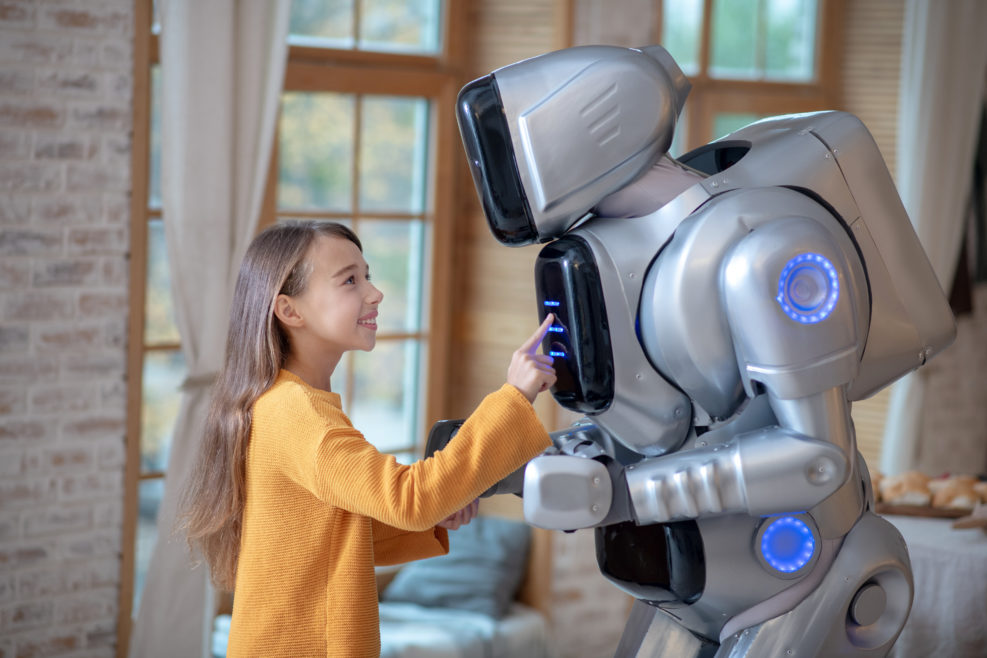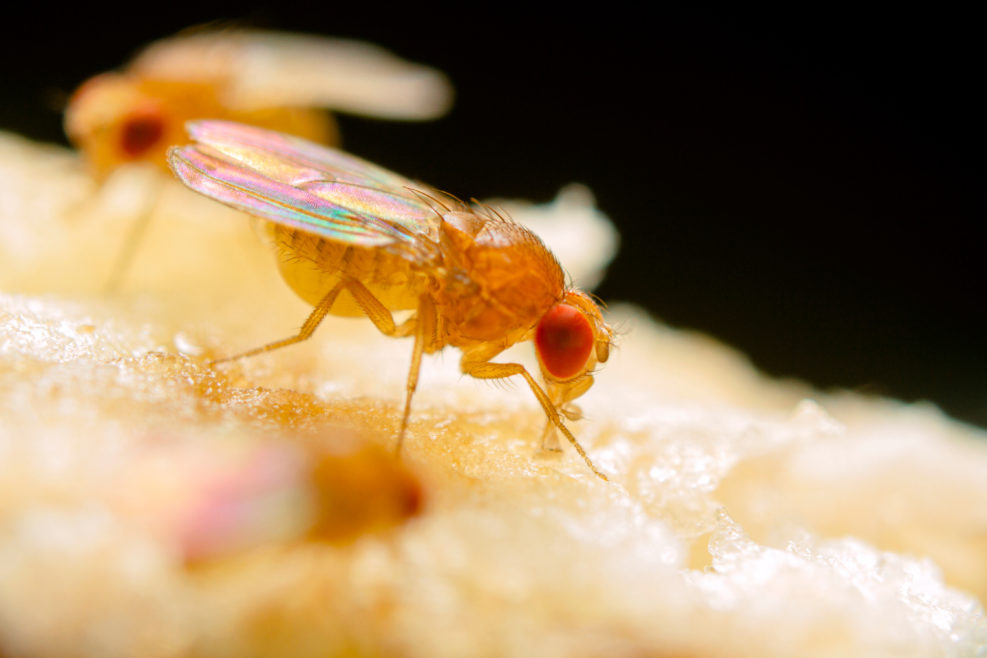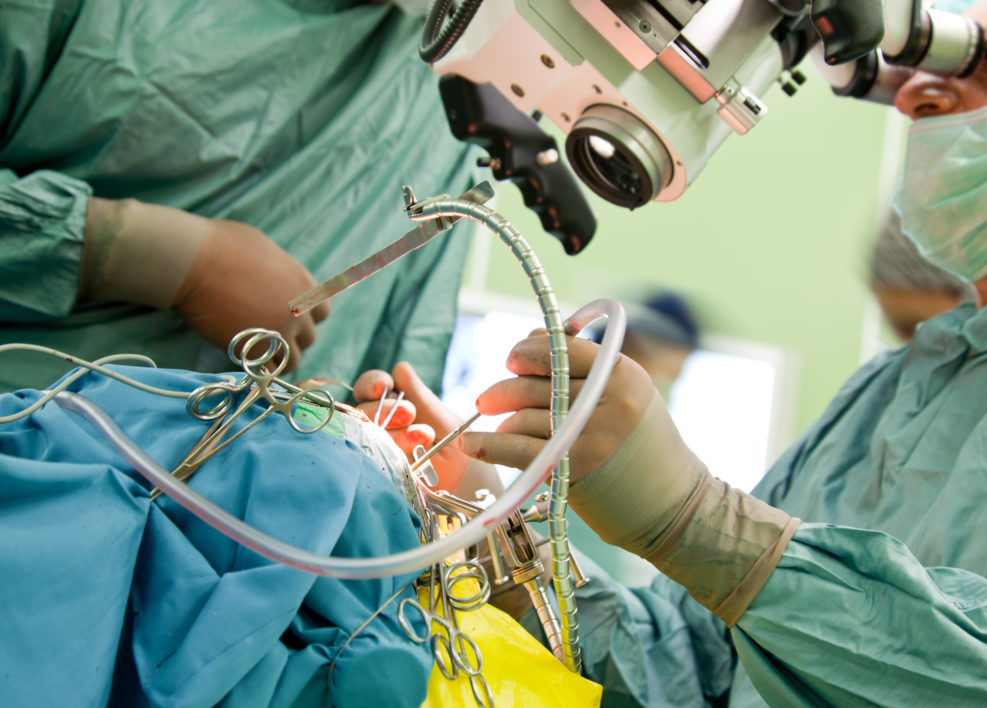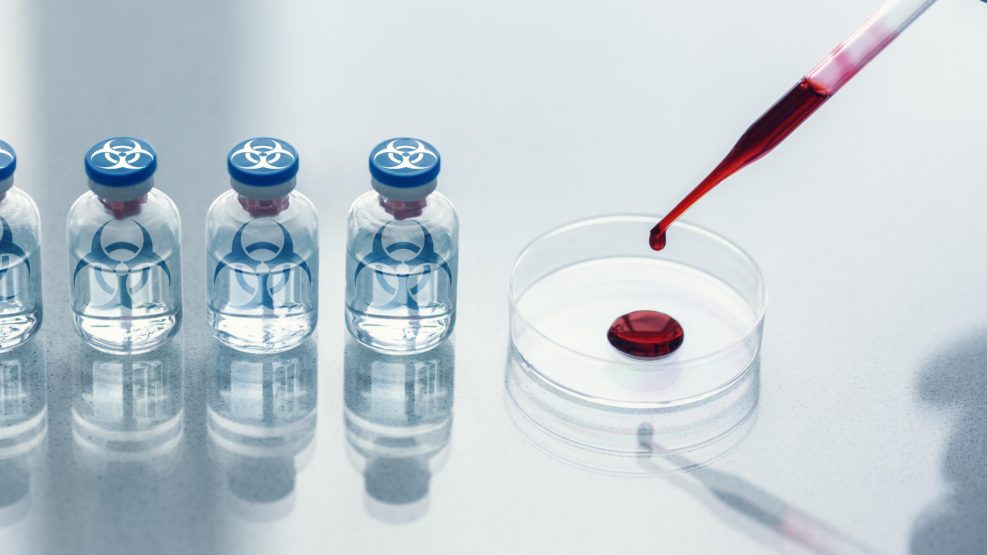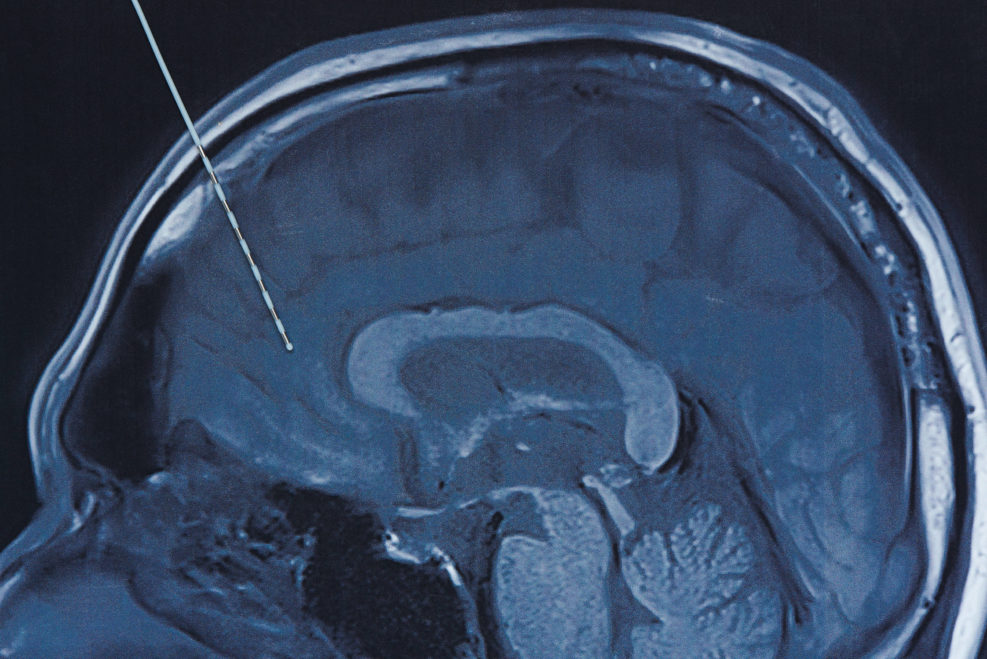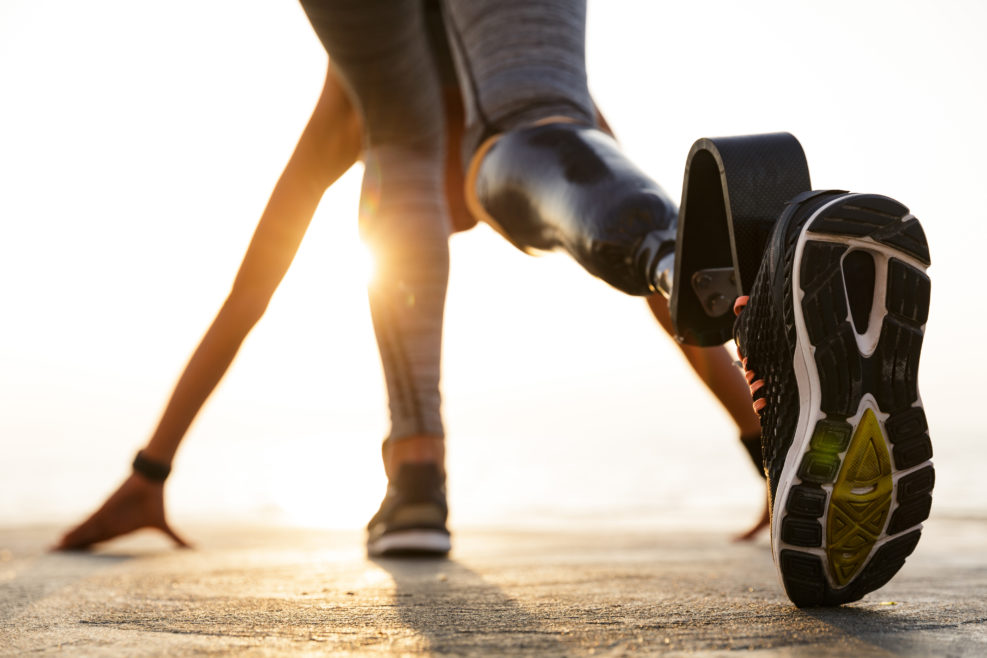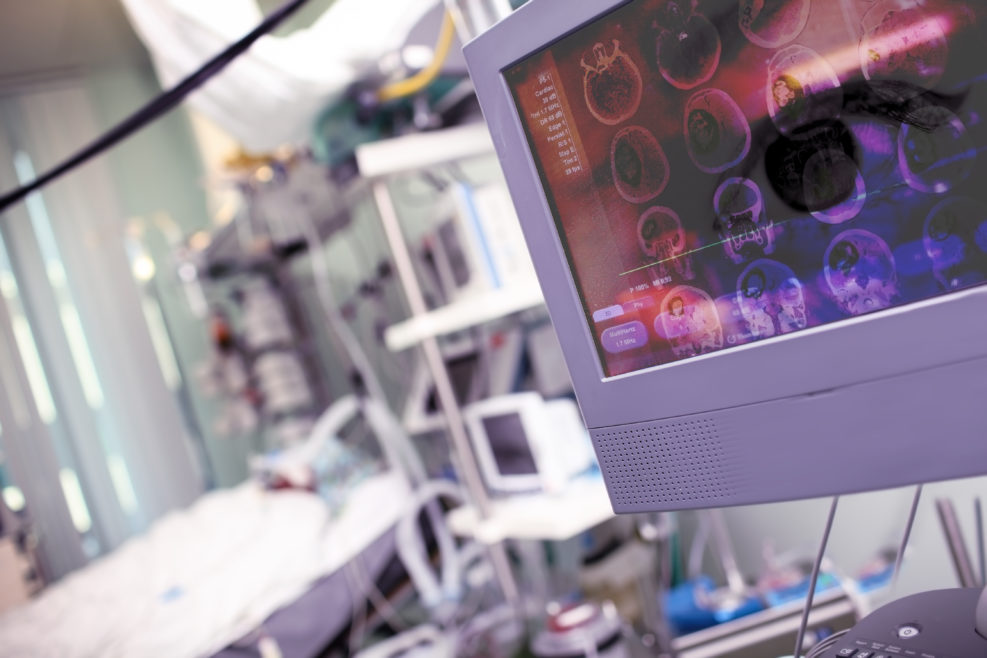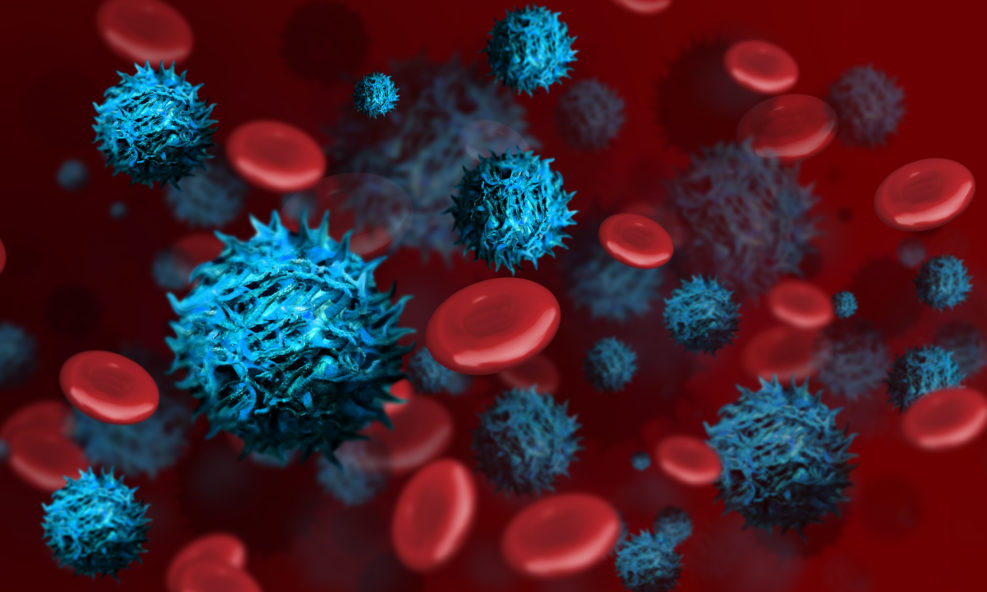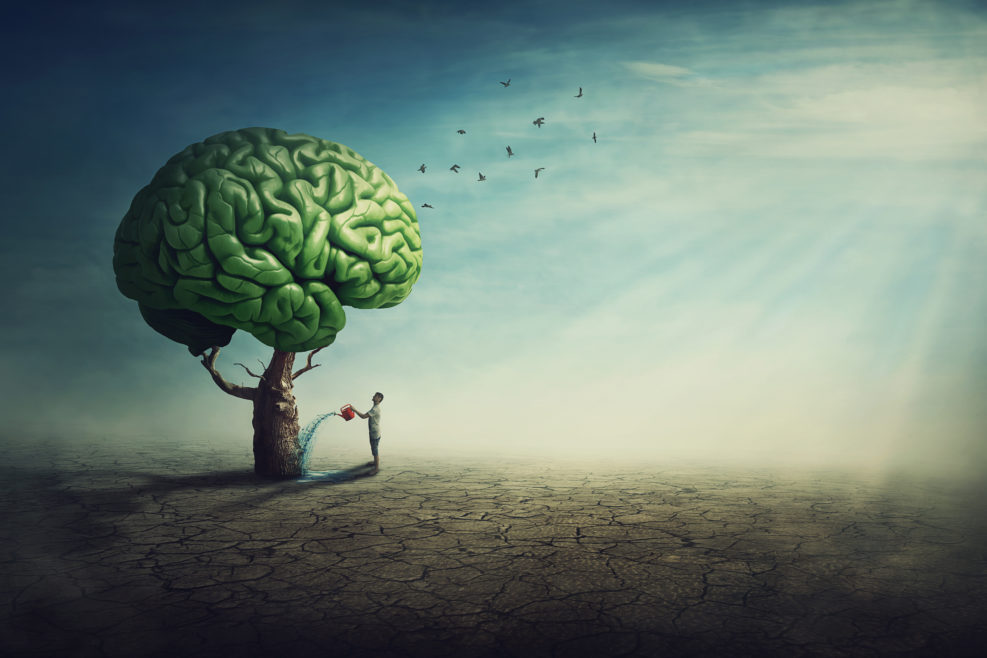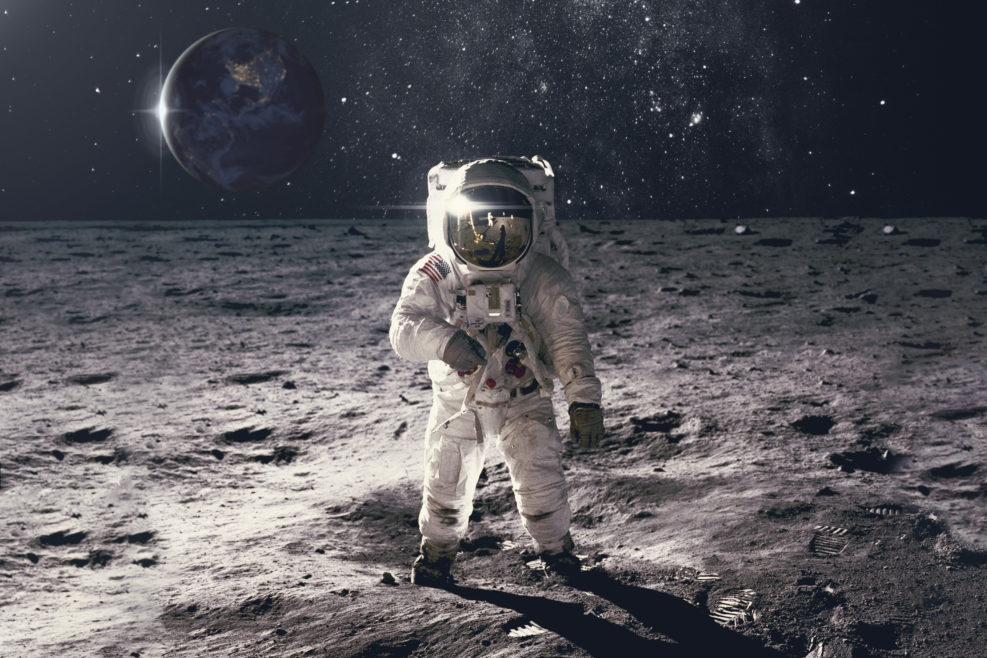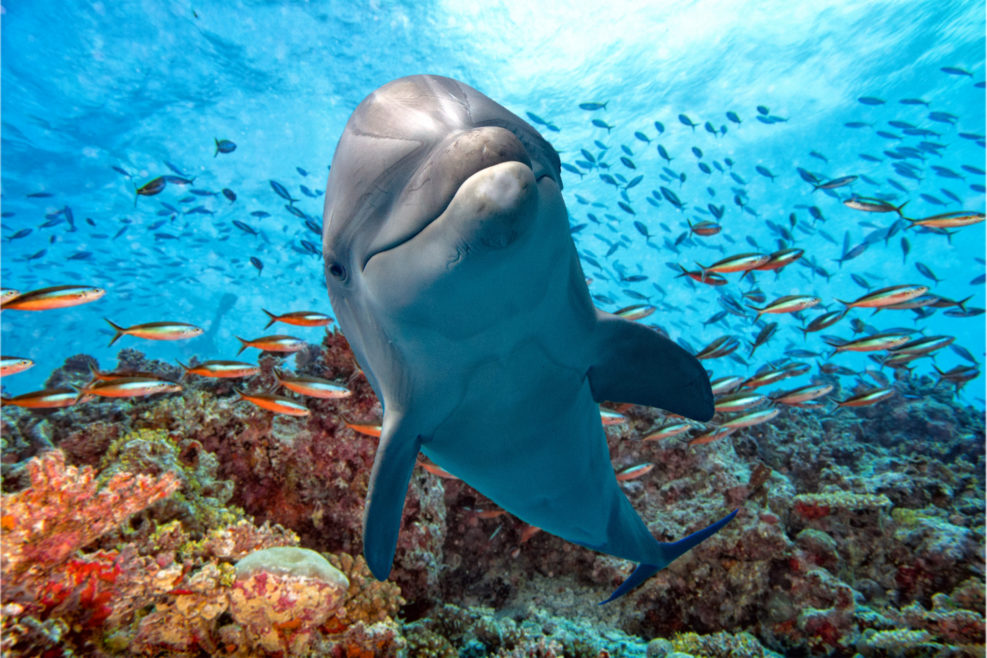
The Remarkable Medicines Wild Animals Find in Nature
The “animals’ pharmacy” mainly aims at treating parasites and wounds using plants and insectsIt turns out that many animals know how to alleviate some of their common health problems and we are only beginning to (officially) learn about it. Dolphins, for example: Indo-Pacific bottlenose dolphins get skin conditions, too, but they come about their medication by queuing up nose-to-tail to rub themselves against corals. In the journal iScience on May 19, researchers show that these corals have medicinal properties, suggesting that the dolphins are using the marine invertebrates to medicate skin conditions. Thirteen years ago, co-lead author Angela Ziltener (@DWAORG), a wildlife biologist at the University of Zurich, Switzerland, first observed dolphins rubbing against coral in the Northern Red Sea, off the coast of Egypt. She and her team noticed that the dolphins Read More ›


